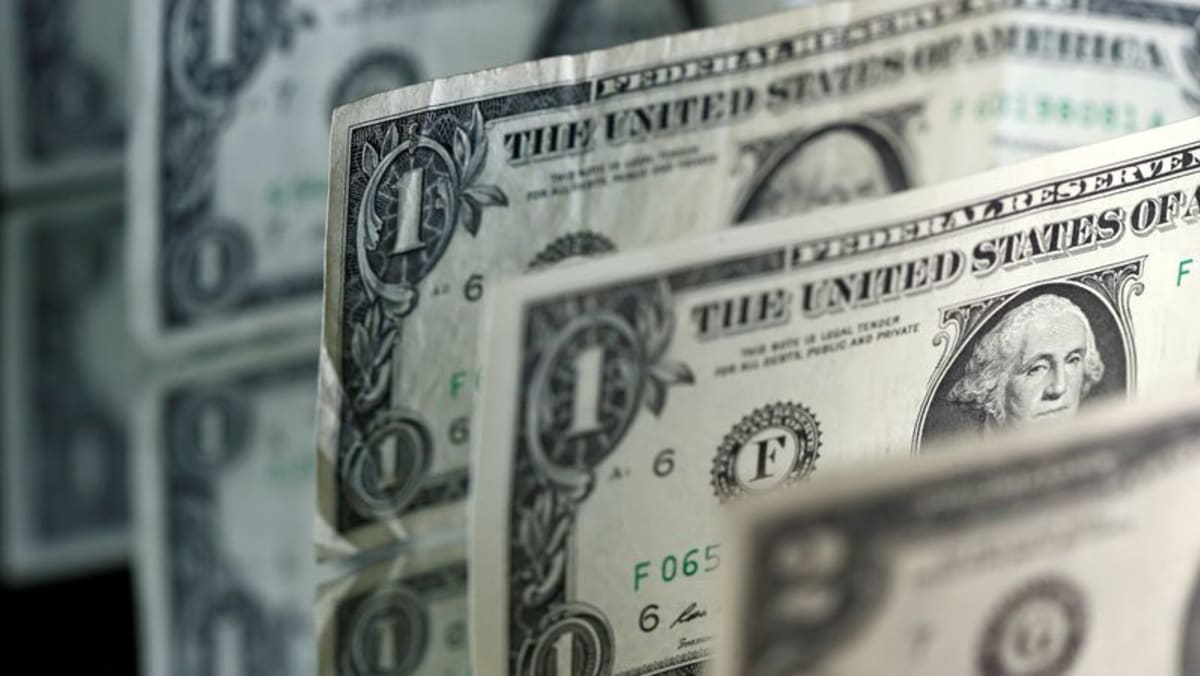analysis Asia
As the region prepares for a potentially "painful adjustment", Asia's automakers could focus more on domestic and regional markets to reduce their exposure to the US, say experts.
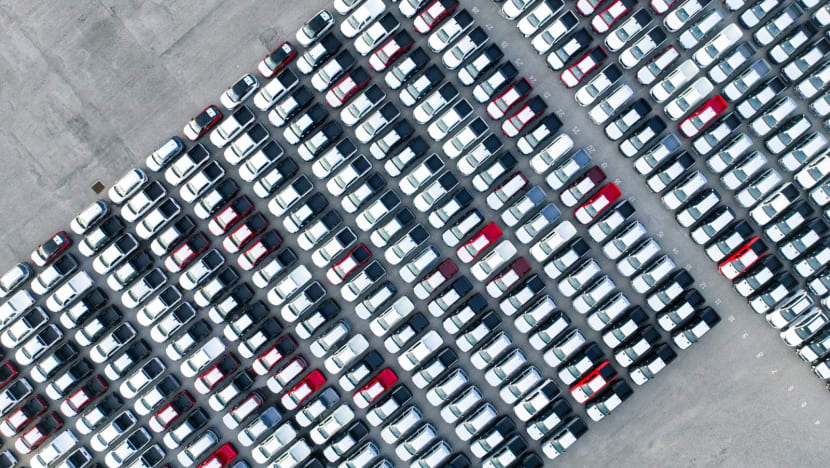
Thailand is one of the largest car manufacturing nations in the world. (Photo: iStock/Fahroni)
New: You can now listen to articles.

This audio is generated by an AI tool.
BANGKOK/KUALA LUMPUR: “Great uncertainty” has gripped Asia’s automakers, meaning a likely short-term scenario is that companies will consolidate their existing business activities and relationships and take fewer risks, experts told CNA.
They added that global economic headwinds and stale domestic demand for cars across the region mean it is unlikely to be a boon period for anyone involved in the auto industry right now.
“Everyone will need to sit tight and allow this process to play out a bit further before drawing any firm conclusions. It is as yet unclear how much room there will be for negotiation or perhaps exemptions granted,” said Stephen Olson, a visiting senior fellow at ISEAS – Yusof Ishak Institute in Singapore.
“Trump’s trade policy has consistently zig-zagged all over the place. By next week, we could be in a different world. The dust needs to settle,” he said.
As United States President Donald Trump hits the global automotive industry with sweeping tariffs, automakers with significant business in the US could look to build up existing ASEAN partnerships and strengthen regional supply chains to soften the blow, analysts say.
They added that opportunities could present over the mid-term for more investments and focus landing in Southeast Asia, which has long been considered a friendly business environment for major carmakers in both China and Japan, as well as medium-sized players in South Korea and Taiwan.
“Global trade has really high uncertainty right now. All the firms are suffering and looking ahead to the future,” said Archanun Kohpaiboon, an associate professor at the Faculty of Economics at Thammasat University in Bangkok.
The US is a key market for the export of auto parts for Vietnam and Thailand, though less important for other manufacturing hubs like Malaysia and Indonesia.
But while dramatic economic impacts may not hit all Southeast Asian countries, the tariffs' ripple effects could mean new market dynamics for the region.
“PAINFUL ADJUSTMENTS”?
At noon on Thursday (Apr 3, Singapore time), Trump triggered a 25 per cent tariff on all vehicle imports, part of a wider trade agenda aimed at revitalising US manufacturing and encouraging automakers to relocate production to American shores.
An identical tariff rate on nearly 150 categories of auto parts imports is set to kick in on May 3, in another blow to complex supply chains where parts criss-cross borders several times before they are assembled in the US.
The tariffs on vehicle and auto parts imports will impact more than US$460 billion in annual trade, according to a Reuters analysis of newly released federal tariff codes.
Citing senior Trump administration officials, Reuters reported that auto and auto parts tariffs will not be charged or stacked on top of the separate baseline or reciprocal tariffs, which start on Apr 5 and Apr 9 respectively.
For Asia’s industry players, the effect could be companies trying to minimise the importance of the US in their future plans, as automakers put more focus on production and sales in a region with a rapidly growing automobile market.
“There will be some adjustment. Maybe it takes time and maybe it's a painful adjustment, but eventually, the importance of the US as a market will reduce over time,” said Patarapong Intarakumnerd, the deputy program director of the Science, Technology and Innovation Policy Program at the National Graduate Institute for Policy Studies in Tokyo.
Olson agreed that should these tariffs become a long-term fixture on the global trade landscape, it will reduce if not eliminate the relevance of the US in global automotive supply chains.
United Nations trade data shows the US is Vietnam’s top importer of auto parts and passenger vehicles - amounting to US$398.1 million and US$180.4 million respectively in 2022, which is the latest data available for the Southeast Asian nation.
Like Vietnam, the US is Thailand’s top destination for auto parts, a trade worth US$1.4 billion last year. For both categories, Thailand also had significant exports to Mexico, the primary market for the assembly of vehicles destined for American roads.
But for cars, the US is not a major export market for Thailand. Thailand exported US$358.1 million worth of passenger vehicles to the US in 2024, only 2.93 per cent of its total global exports.
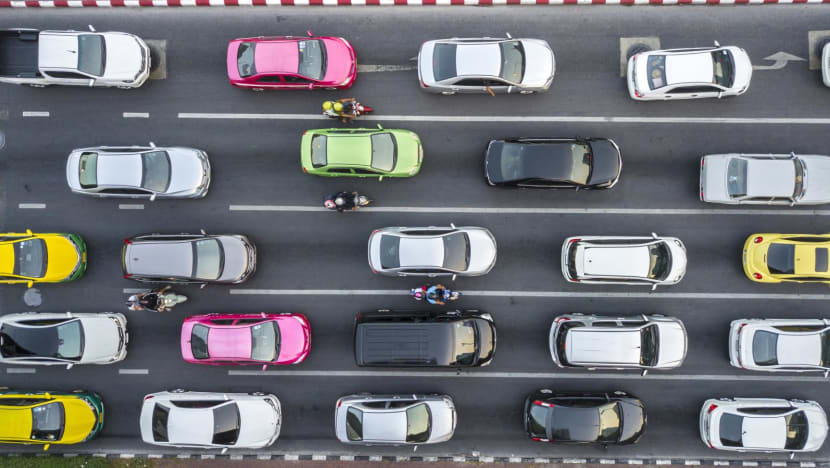 Consumer demand for purchasing new cars in Thailand has dipped in recent months. (Photo: iStock/Marcin Kilarski)
Consumer demand for purchasing new cars in Thailand has dipped in recent months. (Photo: iStock/Marcin Kilarski)
Both Malaysia and Indonesia have far thinner auto trade links with the US, with the countries’ total vehicle parts exports to the US worth US$86.3 million and US$73.8 million respectively in 2023, according to the UN trade figures.
While not all Southeast Asian countries may face dramatic economic impacts following the introduction of the new tariffs, the ripple effects could mean their automotive industries will face new market dynamics.
For example, Archanun feels that South Korean carmakers - considered relatively smaller global players that still produce most of their cars locally - will try to “divert” their car sales from the US to countries like Thailand.
“That seems to be in line with what we observed in Thailand, where Korean carmakers like Kia or Hyundai are participating in a price war intensively,” he said, noting that sticker prices on some models were slashed by nearly 25 per cent.
It is worth noting that ahead of the tariff deadline, Hyundai had announced it would invest US$21 billion in the US by building a new steel plant in Louisiana. Whether that move reaped any concessions with the Trump administration is unclear.
Likewise, larger Original Equipment Manufacturers (OEM) - global carmakers such as Toyota that Southeast Asian countries largely serve as local parts suppliers - will also be looking for alternative opportunities given that their vehicles are likely to be priced out of the US market, Patarapong said.
The solution may end up largely being within Southeast Asia itself, he suggested, contending that the impact of trade barriers to the US could in time be supplemented by a rise in intra-ASEAN trade, coupled with more investments within the broader ASEAN+6 group, which includes China, Japan, South Korea, Australia, New Zealand and India.
“I think (the industry in Southeast Asia) can weather the storm to some extent,” he said. “In the long term, we think it may not be so bad.”
He expected more investment from countries such as China in the regional automotive industry because it wants “to rely more on the regional value chain rather than the US market”.
“For Japan, I think they will not withdraw their investments very easily, because right now they need to make sure that their investment is something controllable and ASEAN is like a backyard of Japan.
“You can also see more and more investment by the Korean automotive sector in ASEAN too, especially Vietnam and Indonesia. That's going to increase over time,” he said.
Hyundai has invested US$415 million in Vietnam and employs about 2,300 people, with annual revenues of around US$2.6 billion.
International businesses serving the auto industry with presence in Southeast Asia, like Desoutter Industrial Tools, are already trying to chart a course where they no longer have dependence on the American market.
But they are “hesitating” about where and when to invest given the pace and unpredictability of Trump’s policy-making, according to Glenn Heed, the global business manager for the motor vehicle industry at Desoutter, which provides automotive assembly tools and process control technologies to major carmakers around the world. It has operations in Thailand, Malaysia, Indonesia and Vietnam.
“The economy is breaking or slowing down just because of the uncertainty,” Heed said. “Of course, I'm worried. But this affects everyone. It's how agile you are. What kind of decisions are you taking? I do think it’ll be like this for a long time, so we are trying to change the way we see the world,” he said.
Importantly, he sees the “possibility to increase partnerships with neighbours and other parts of the world”, and drive the rise of “local for local” production.
“Over a long time, I think it could be a positive thing for the rest of the world.”
But Archanun cautioned that a self-serving strategy in Southeast Asia alone could not fill the gap for companies losing out on American business.
He forecasted that demand for durable goods like vehicles would drop in the months to come given the broader economic shocks expected following the tariffs introduced to countries all around the world.
That could lead to strong competition among automakers facing constrained consumer demand in this region.
“The cake will be smaller. They will have to fight very fiercely in this market,” he said.
 The border wall is shown in a background as a semi-truck carrying Toyota trucks crosses a bridge after clearing US Customs while entering from Mexico along the border in San Diego, California. (File Photo: Reuters/Mike Blake)
The border wall is shown in a background as a semi-truck carrying Toyota trucks crosses a bridge after clearing US Customs while entering from Mexico along the border in San Diego, California. (File Photo: Reuters/Mike Blake)
THAILAND IN “VERY WEAK” POSITION
This scenario could very well play out in Thailand.
Southeast Asia’s largest auto-producing nation has a long history of producing vehicles and parts for legacy brands, especially Japanese, but is currently struggling with a “very weak” automotive industry, Patarapong said.
This means it may be impacted more than its neighbours by the US trade war because it cannot rely as heavily on its own domestic market to bridge the loss of US exports, he added.
In 2023, the country manufactured 2.55 million vehicles, making it the 10th largest car producer in the world with an industry valued at US$12.67 billion.
The auto industry is critical for the domestic economy, contributing between 10 and 11 per cent of gross domestic product and providing about 850,000 direct jobs and more than one million indirect jobs supported by the auto industry.
Prominent Japanese brands such as Toyota, Honda, Mitsubishi and Isuzu have deep, decades-long roots in the kingdom. Their investments will not be easily upended, despite the ongoing uncertainties, Patarapong said.
But domestic purchases, vehicle production and export volumes have both been in a deep slump so far this year.
Sales in February were down 6.7 per cent compared to 2023, according to the Federation of Thai Industries (FTI), while exports also dropped 28.1 per cent in January and 8.3 per cent in February.
Car production crashed 24.6 per cent year-on-year in January, despite 2024 already recording the lowest output in four years.
Chinese automakers, including BYD, Great Wall Motor and Zeekr have a presence in the kingdom, a potential future area of growth and jobs, but local production so far is greatly outweighed by the number of vehicles being imported.
Amid the stress building on Thailand’s industry, consumers could see even more price cuts for new cars as a result. It may not be a panacea, given the poor shape of Thailand’s economy and record levels of consumer debt.
“The carmakers will start cutting their prices to take the existing market as they can. They’ll just go into a safe mode. They won’t be aggressive in new markets,” Archanun said.
“But even though the prices are cut, the consumer might not be able to respond that much,” said Patarapong.
Beyond that, Thailand’s old advantages over its neighbours in terms of technological capability and innovation levels are also fading fast as the electric vehicle (EV) industry rapidly expands in the region, leaving local part providers for internal combustion engines increasingly redundant.
Indonesia, for instance, is ramping up its EV manufacturing sector to place itself as a regional leader.
In 2019, the Indonesian government rolled out a slew of incentives targeting electric vehicle manufacturers, transport firms and consumers, including lower import tariffs on machinery and materials used in EV production.
In November last year, Malaysia also announced a US$500 million investment by South Korean car giant Hyundai Motor to build a second electric vehicle assembly plant in the region.
“Every country wants to develop their own industry. Indonesia wants to develop their own parts and components. Vietnam wants to do that too,” Patarapong added.
“So if every country wants to do that, maybe Thailand cannot rely on these neighbouring countries as they expected.”
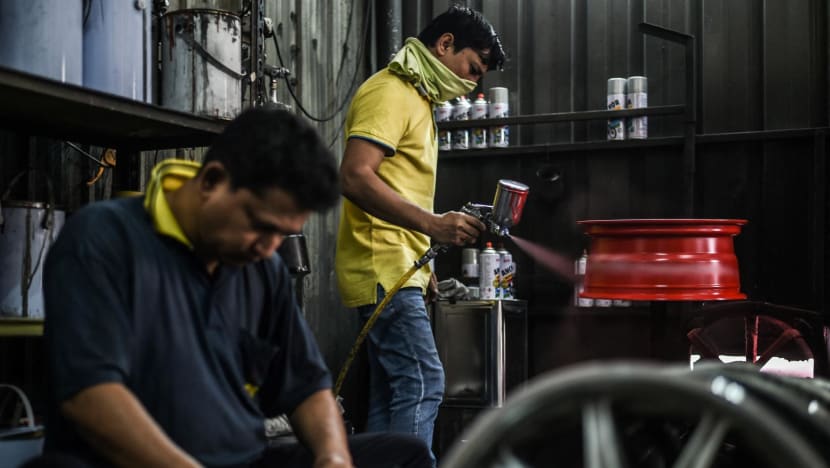 Workers clean and spray alloy wheels at a workshop in Ampang, in the suburbs of Kuala Lumpur. (Photo: AFP/Mohd Rasfan)
Workers clean and spray alloy wheels at a workshop in Ampang, in the suburbs of Kuala Lumpur. (Photo: AFP/Mohd Rasfan)
“MINIMAL” IMPACT ON MALAYSIA’S AUTO INDUSTRY
Over in Malaysia, there is more optimism that the impact of Trump’s auto tariffs will be softer.
A car parts manufacturers’ association said the levies would have “minimal” impact on Malaysia’s automotive parts industry, noting that it exports “very little” to the US.
“Most of our members are OEM suppliers, meaning they supply to the carmakers, for example, Proton and Perodua,” Chin Jit Sin, president of the Malaysia Automotive Components & Parts Manufacturers Association, told CNA.
“So if they are exporting at all, it is through the carmakers, and we hardly export any cars to the US.
“However, there are some auto parts makers that export to the aftermarket, but the volume is very small, and they are not really affected due to its insignificant contribution to the US trade deficit.”
Chin said it is possible that some manufacturers may focus more on domestic and regional markets to reduce their exposure to the US market.
“The ASEAN region, in particular, presents opportunities with its growing automotive sector,” he said.
“As a result, many companies might increasingly prioritise intra-ASEAN trade, fostering stronger economic connections and cooperation with surrounding nations within the region.”
In 2024, Malaysia produced 790,347 vehicles, a record-high total production volume. But this is still small compared to the millions that Thailand and China roll out each year.
The estimated value of the automotive products market in Malaysia is also projected to reach US$8.32 billion in 2024, with a compound annual growth rate of 5.71 per cent expected from 2024 to 2028, according to a report by The Edge Malaysia in February last year.
Last July, the Malaysia Automotive, Robotics and IoT Institute, a government agency that acts as the industry’s coordination centre and think tank, urged players to boost exports of cars and car parts to position the country as an ASEAN hub.
Increased sales volumes could reduce production costs and subsequently component prices, making them more competitive than those in regional and neighbouring countries, the institute’s chief executive officer Azrul Reza Aziz told local news agency Bernama.
Azrul was responding to reports that Malaysia’s automotive supply chain costs were 30 per cent and 10 per cent higher than China’s and Thailand’s respectively. Auto parts are cheaper in these countries due to economies of scale.
“We urge original equipment manufacturers to not only export cars but also parts and components, thereby enhancing the overall competitiveness of the Malaysian automotive industry,” he added.








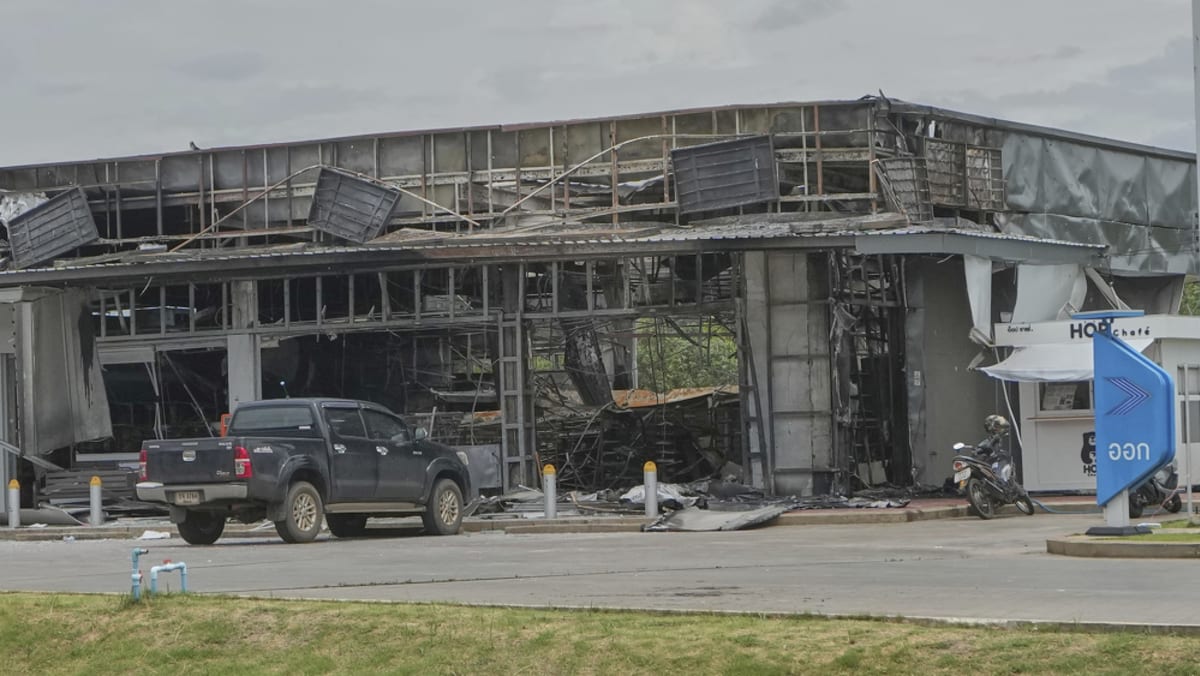



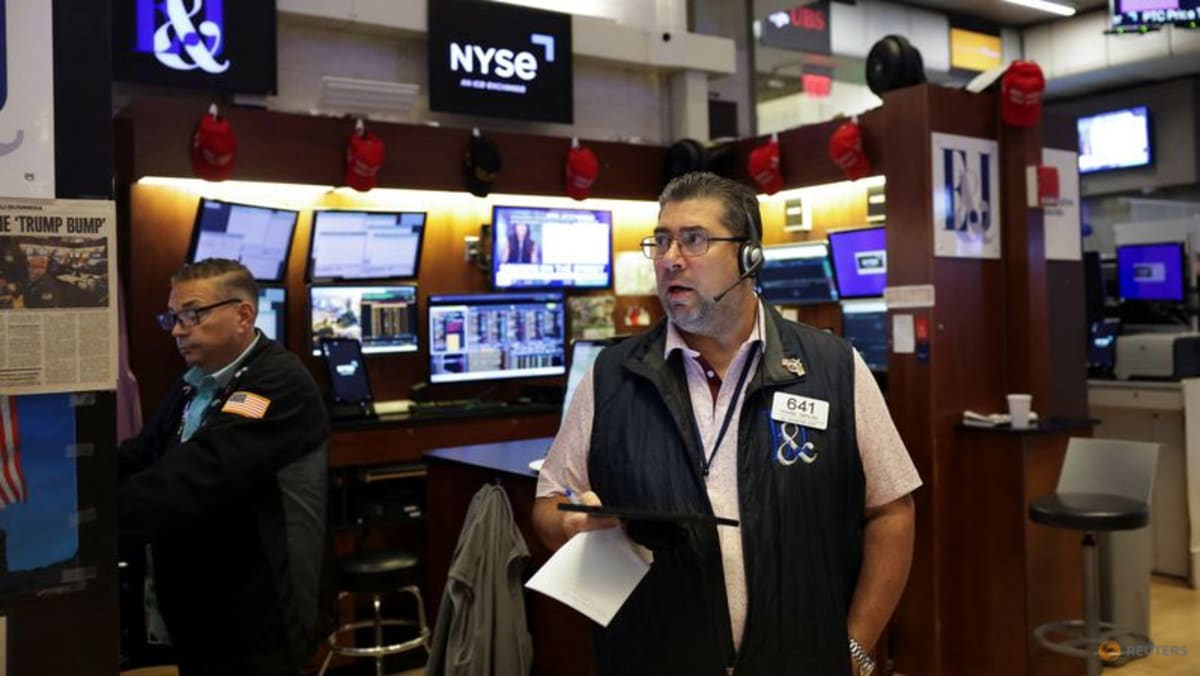


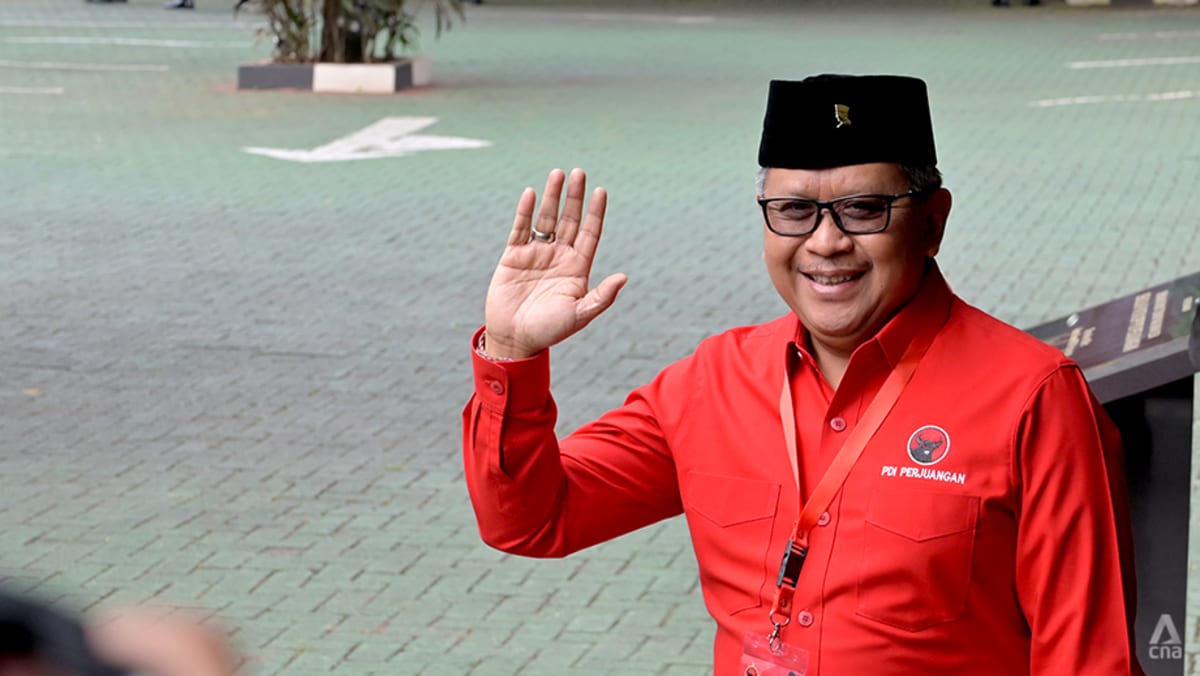
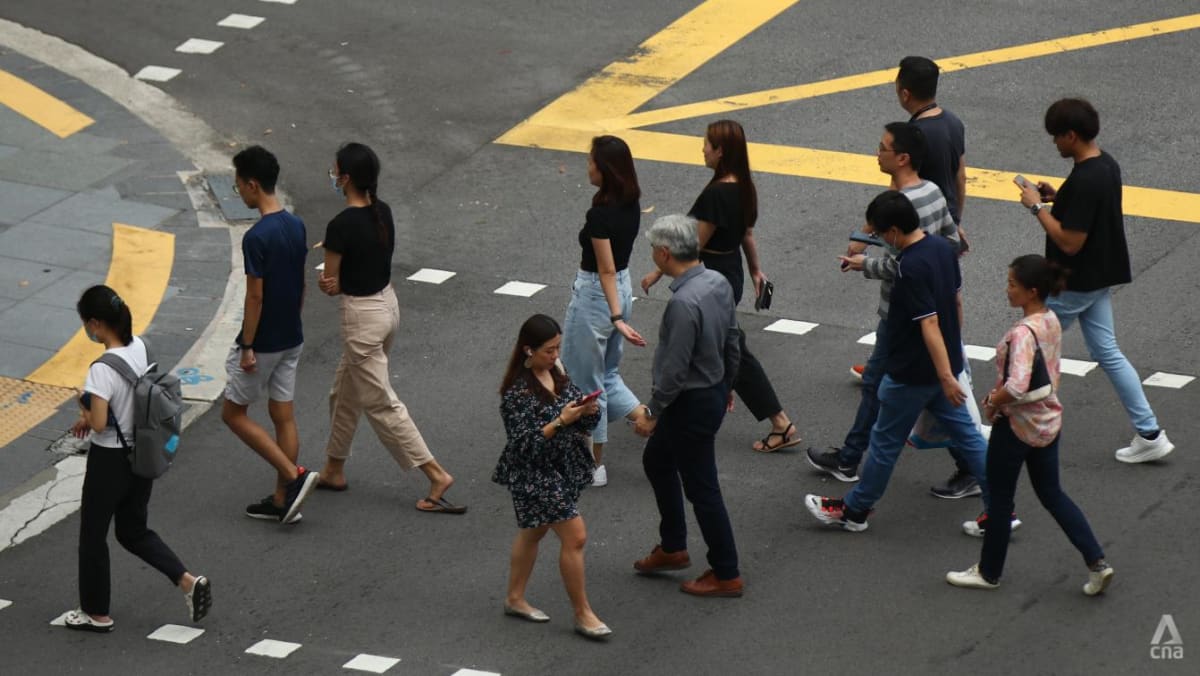

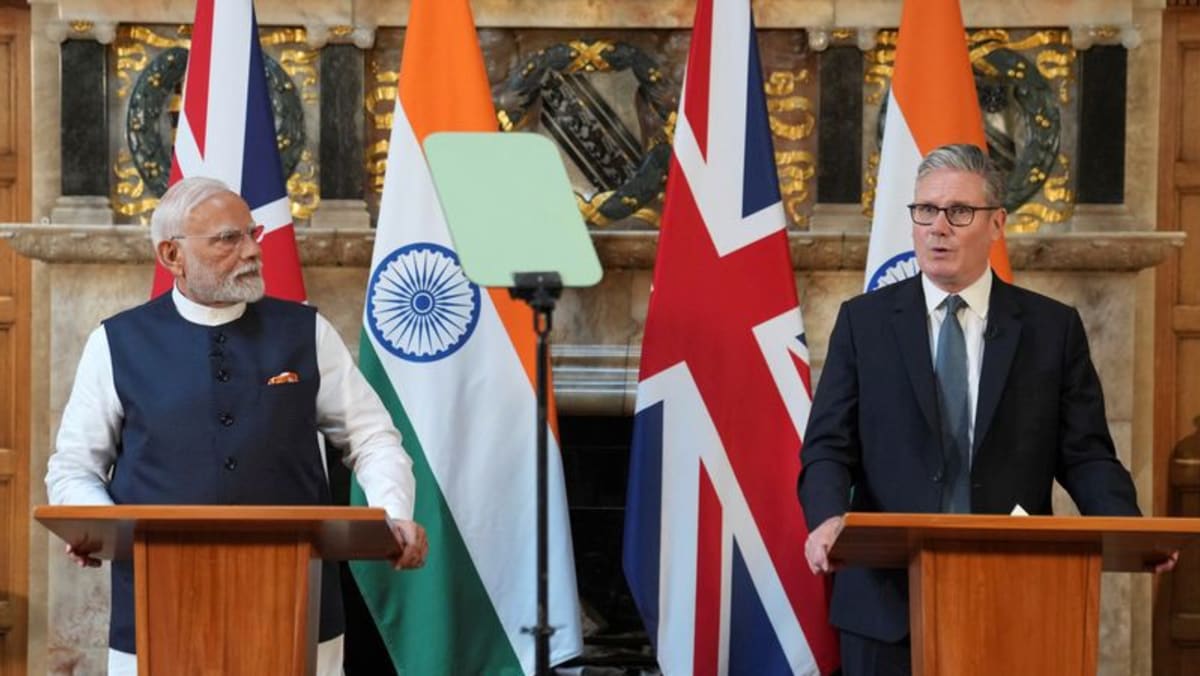



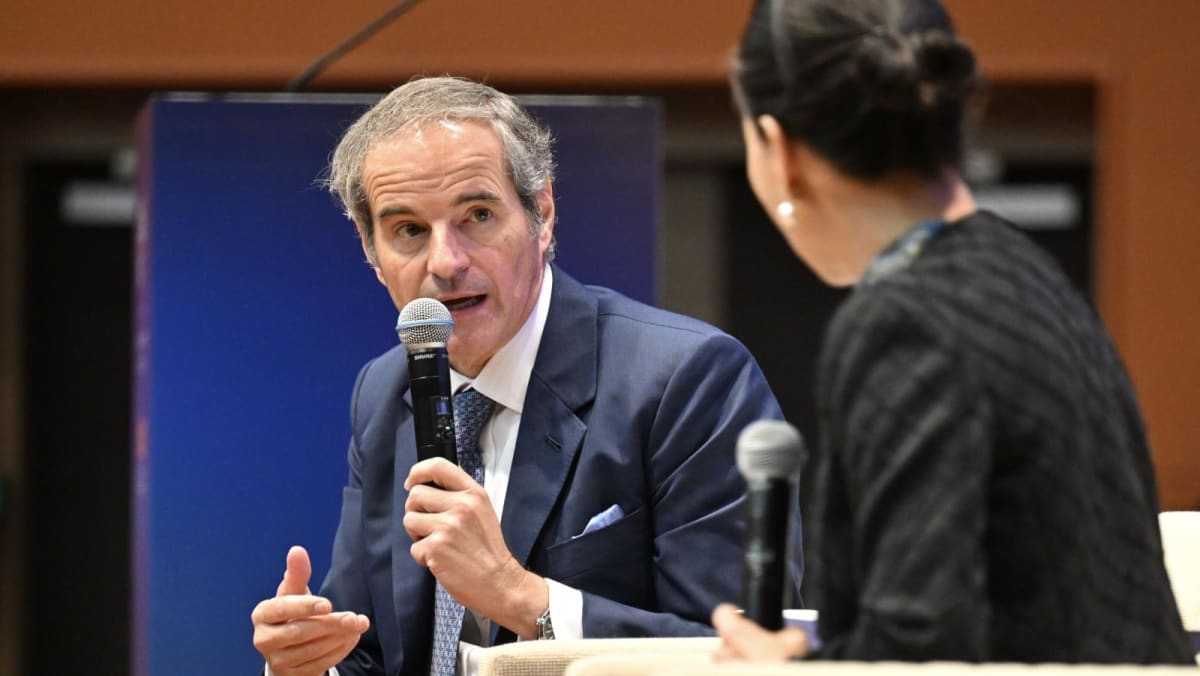










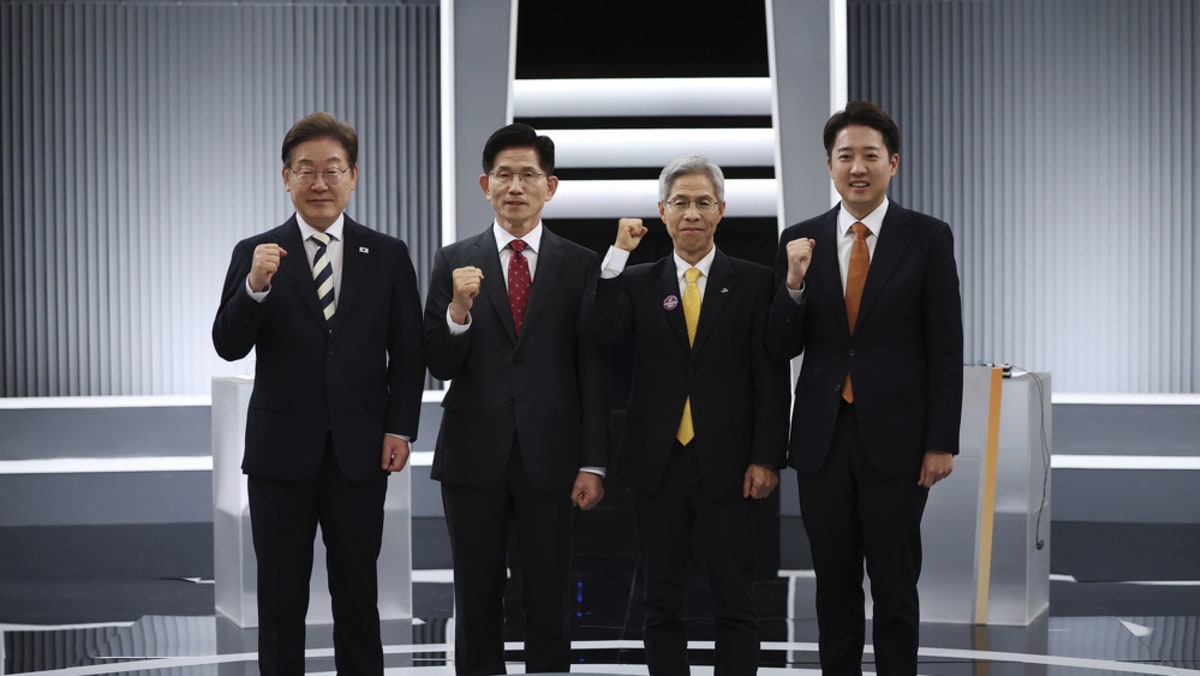

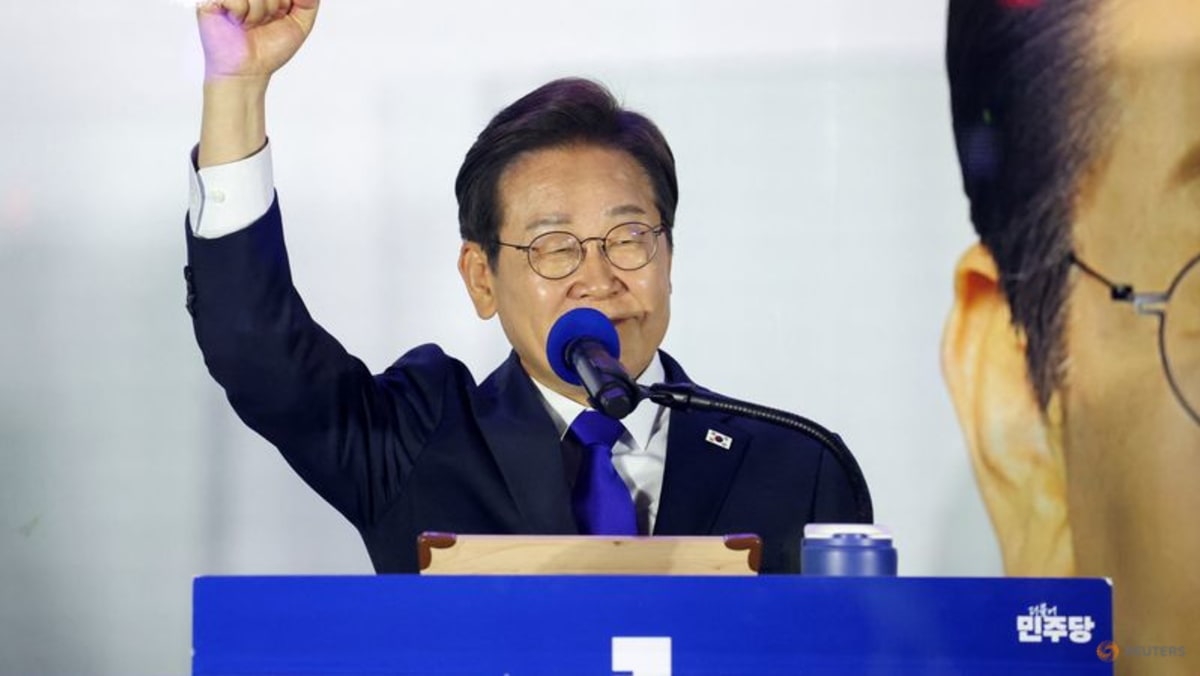
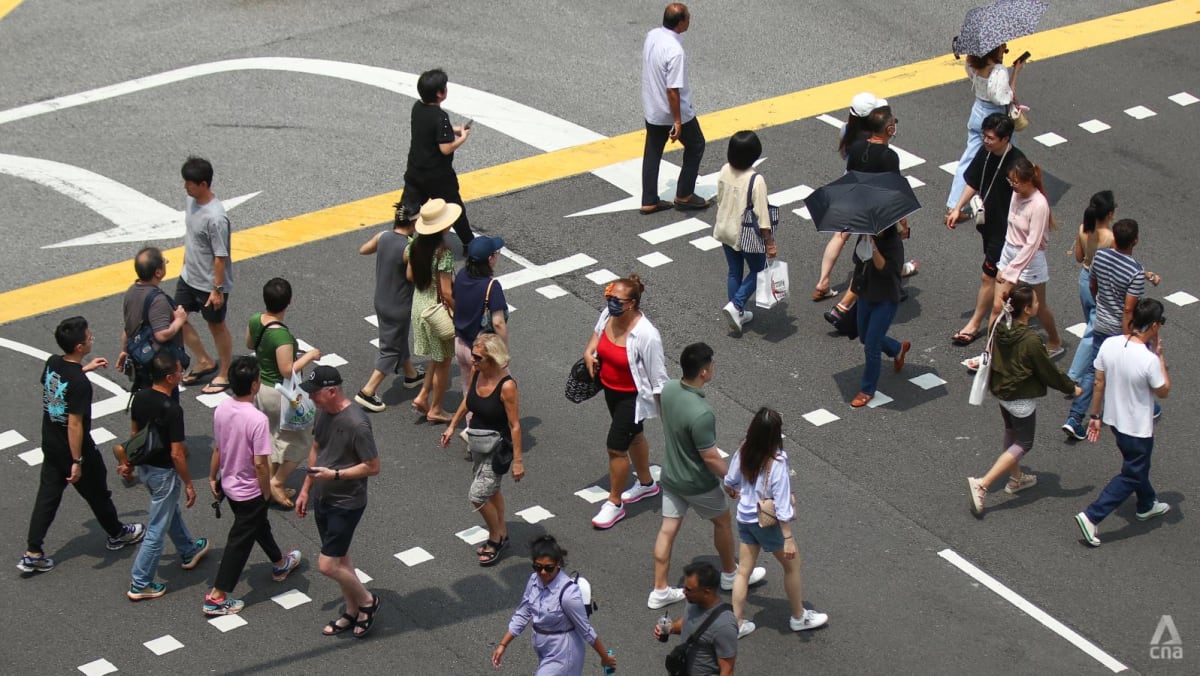





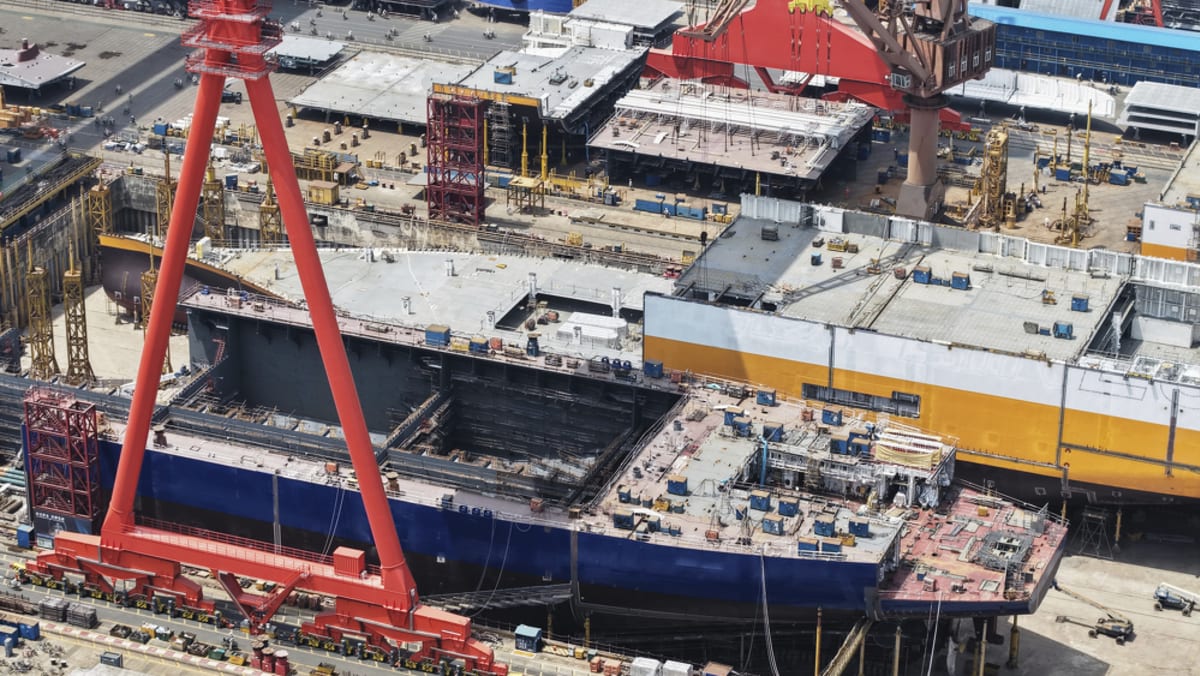


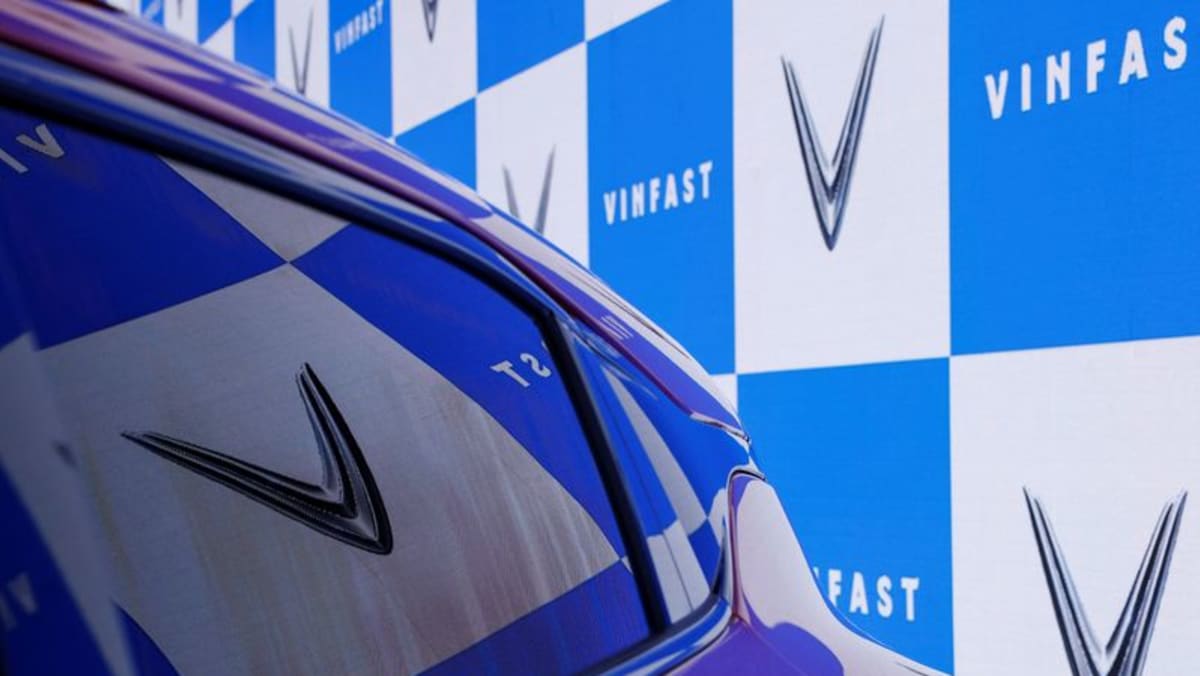



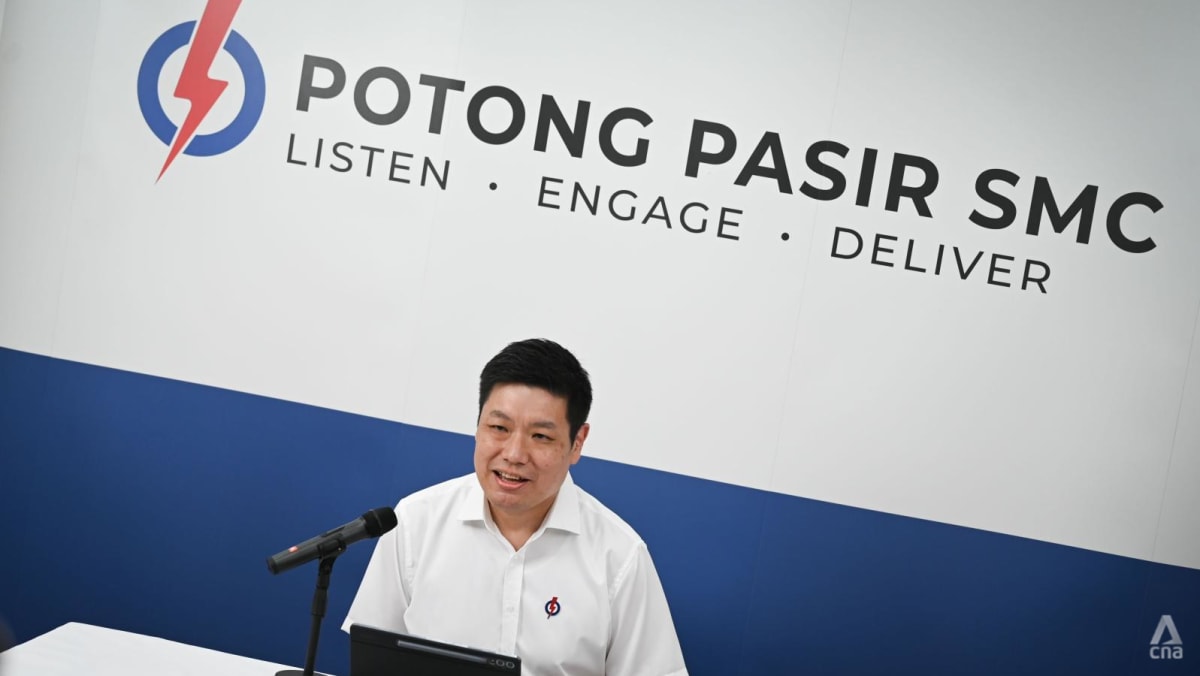
.png?itok=erLSagvf)
